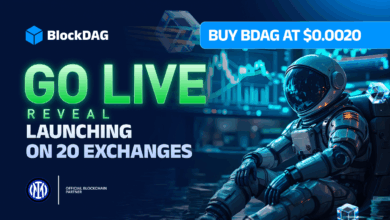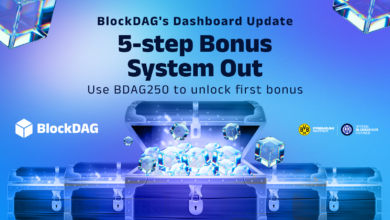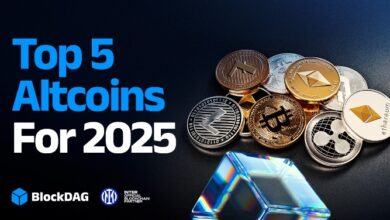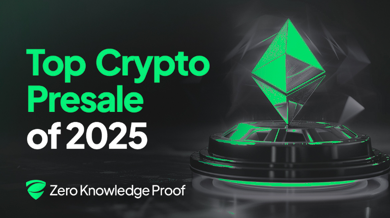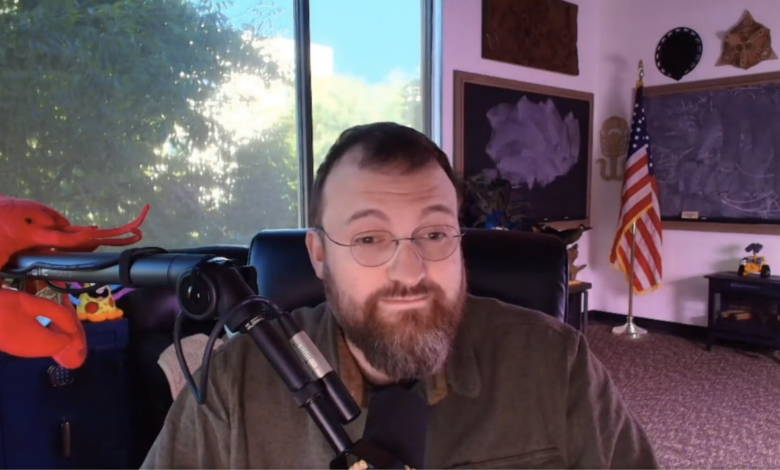
Cardano’s Drive Towards Decentralized Governance
Charles Hoskinson, the visionary behind the Cardano blockchain, recently unveiled an ambitious plan to advance decentralized governance through a comprehensive live stream update. During this session, Hoskinson explored several key initiatives, including the current status of Cardano’s constitutional ratification, the launch of a detailed roadmap, and a significant budget reform proposal. These efforts are all strategically designed to guide Cardano’s evolution without a centralized executive leadership.
Exploring Cardano’s Roadmap and Budget
In his presentation, Hoskinson emphasized the ongoing “constitution process,” revealing active stake participation data: approximately 50% of stakeholders voted “yes,” around 4.3% voted “no,” and 44% have yet to cast their votes. The community appears to lean towards a “minimum viable governance” approach. If ratified, the constitution will remain dynamic, open to updates and improvements through collaborative efforts like working groups and workshops. Hoskinson suggested a tentative ratification date in February, assuming no significant increase in “no” votes.
The Roadmap’s On-Chain Governance
In parallel with the constitutional process, Hoskinson outlined how Cardano’s roadmap will undergo ratification via on-chain governance. Input Output Global (IOG) and Intersect, a governance facilitation entity, have each proposed roadmap versions. Key topics of interest include features like Ouroboros Leios and the development of a multi-client architecture. Hoskinson mentioned a recent meeting with stake pool operators (SPOs) to discuss roadmap details, highlighting a collaborative approach. By mid-February, the focus will likely shift from constitutional matters to in-depth discussions on the roadmap’s technical direction.
Budget Reform: A Transparent Approach
The budget remains a contentious issue. Hoskinson acknowledged the potential for disagreements, likening it to a common challenge in budgeting processes: “money goes to Bob but sometimes money doesn’t go to Alice.” He stressed the importance of transparency and process integrity. The proposed budget process allows for multiple competing budget proposals, which will be consolidated by a working group composed of Decentralization Representatives (DReps) and the Constitutional Committee into a final candidate budget.
Decentralized Decision-Making
Hoskinson clarified that neither he nor IOG will unilaterally decide the budget outcome: “There will be a candidate budget that gets to be voted on…[the DReps and the Constitutional Committee] are the ones who decide with the budget.” He introduced funding coalitions, specifically a Development Ecosystem Coalition for core protocol work and an Ecosystem Coalition to support broader projects. With more projects seeking funding than resources available, Hoskinson expects intense debates, emphasizing that “winners and losers” are part of any budget exercise.
Ensuring Transparency and Oversight
To address concerns about potential misallocation or misuse of funds, Hoskinson highlighted audit and oversight as fundamental elements of Cardano’s governance strategy. Proposed measures include using “smart contracts” to monitor expenditures and collaborating with external “audit agencies” to ensure transparency and integrity are upheld for all stakeholders.
Cardano’s Unique Governance Model
One of the most notable aspects of Hoskinson’s plan is Cardano’s intention to function without a formal executive branch. He likened Cardano’s governance structure to a legislative system combined with a judicial-like Constitutional Committee, avoiding the typical top-down approach seen in nation-states: “You’ll notice we only have two of the three [branches]…We just have a legislative branch and kind of have judicial with the Constitutional Committee, [but] the executive function is an emergent property of the people.”
Hoskinson suggested that if Cardano succeeds under this model, it could set a groundbreaking precedent: “If Cardano is successful…we’ve proven that for any governing structure—a corporation, a nation-state—you name it. Imagine the kind of world we could live in without CEOs and presidents and kings.”
The Vision for Cardano’s Future
Having invested a decade of his life in Cardano, Hoskinson expressed a personal commitment to seeing the platform achieve sustainable, decentralized governance: “If these things can occur on an annual basis, I could disappear for 20 years, come back, and Cardano will be 10 times the size…If [these governance mechanisms] can’t converge…unfortunately, the system will stagnate.”
As of the latest update, ADA was trading at $0.71.


